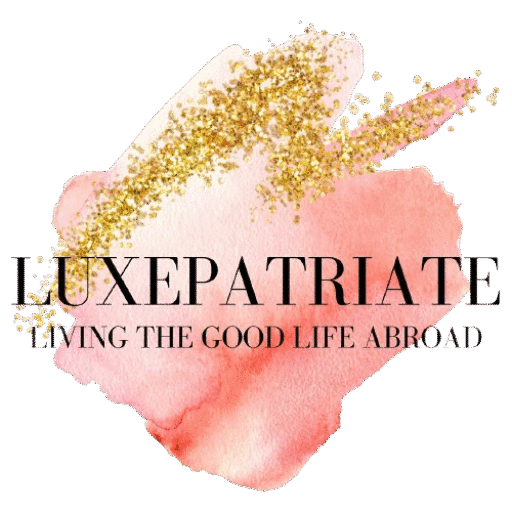Dia de los Muertos
Every autumn, as the air turns crisp and vibrant marigolds bloom across Mexico, communities prepare to welcome back their dearly departed in one of the most heartfelt and colorful celebrations in the world: Día de Los Muertos, or Day of the Dead.
This profound holiday, observed throughout Mexico and much of Latin America, has roots tracing back thousands of years to the Aztec and other Pre-Hispanic cultures. For these ancient peoples, death was not an end but a natural phase in life’s ongoing continuum—a transition embraced with reverence and understanding.
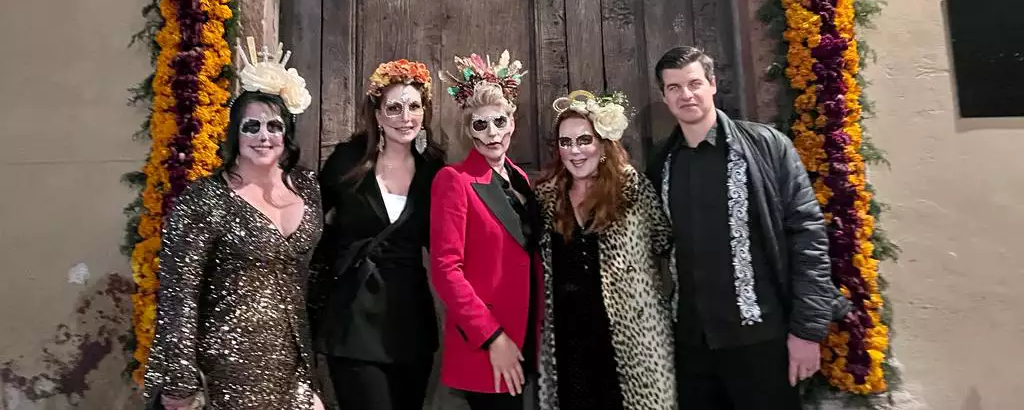
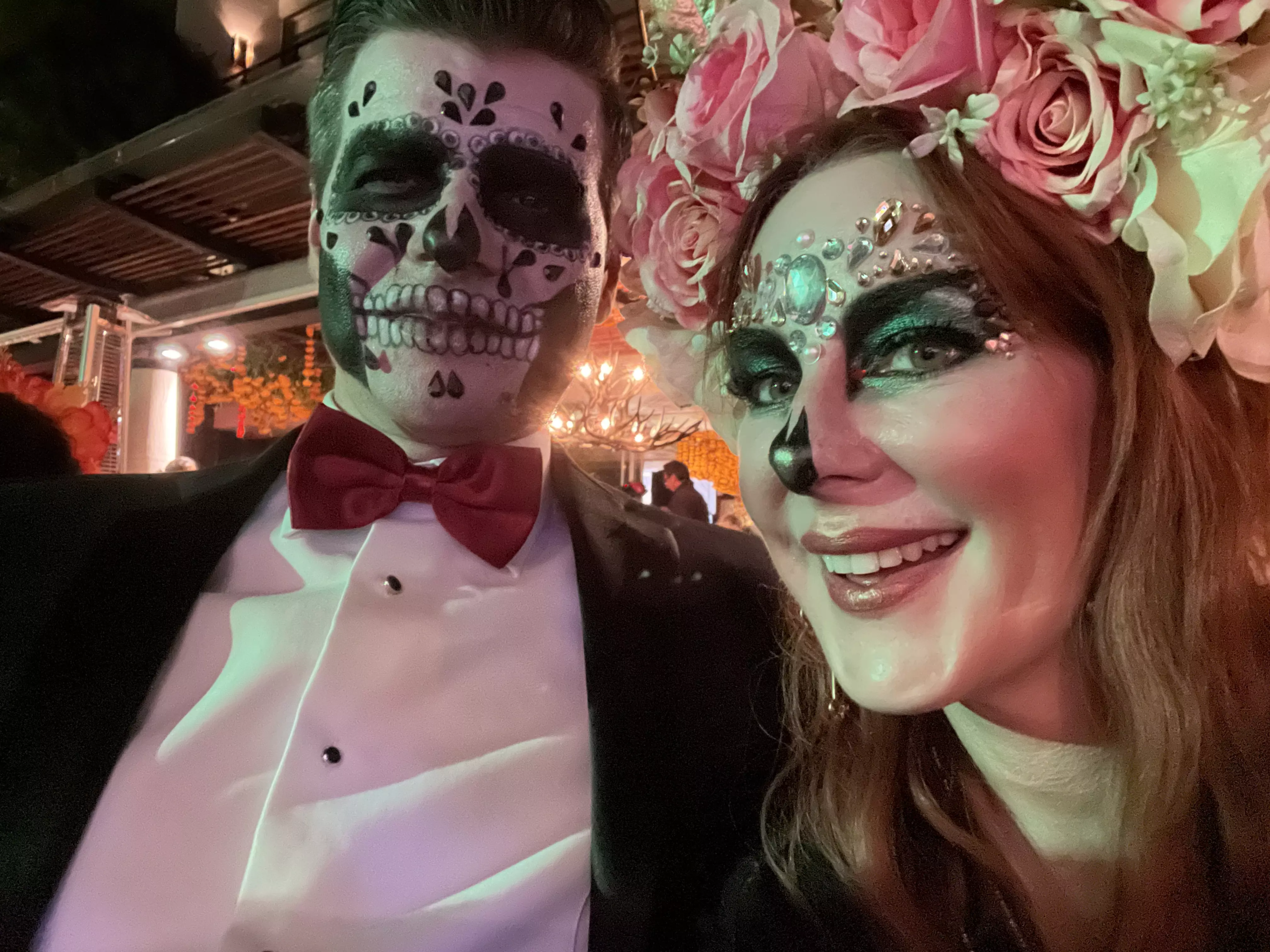
Ancient Origins: Death as a Natural Continuum
In Aztec tradition, the souls of the dead were believed to remain alive in spirit, inhabiting a liminal space between worlds. Día de Los Muertos was originally celebrated during the corn harvest, symbolizing both death and rebirth—a time when the veil between the living and the dead was thinnest, and spirits could return to visit their families.
When Spanish Catholic conquerors arrived, they attempted to suppress these indigenous customs. Yet, the enduring spirit of the holiday persisted, evolving as it merged with Christian observances. By the colonial era, Día de Los Muertos was repositioned in the fall to coincide with All Saints’ Day (November 1) and All Souls’ Day (November 2)—days to honor saints and all souls in heaven and purgatory.

A Celebration of Life, Not Fear
Unlike Halloween’s eerie focus on fright and mischief, Día de Los Muertos is a vibrant, joyous affirmation of life and memory. Families gather to honor their ancestors and loved ones with elaborate altars (ofrendas) and decorated graves, transforming mourning into a celebration filled with laughter, storytelling and colorful symbolism.
San Miguel de Allende offers one of the most accessible and inclusive Día de Los Muertos experiences in Mexico. While in some parts of the country visitors are observers, here everyone is invited to participate—whether it’s joining public altars and parades, dressing up in elegant calavera-inspired makeup or simply strolling through the beautifully adorned streets and plazas.
The city comes alive with cultural events, art installations, live music and processions, blending Pre-Hispanic tradition with colonial charm. It’s a poignant reminder that remembrance can be both sacred and joy-filled.
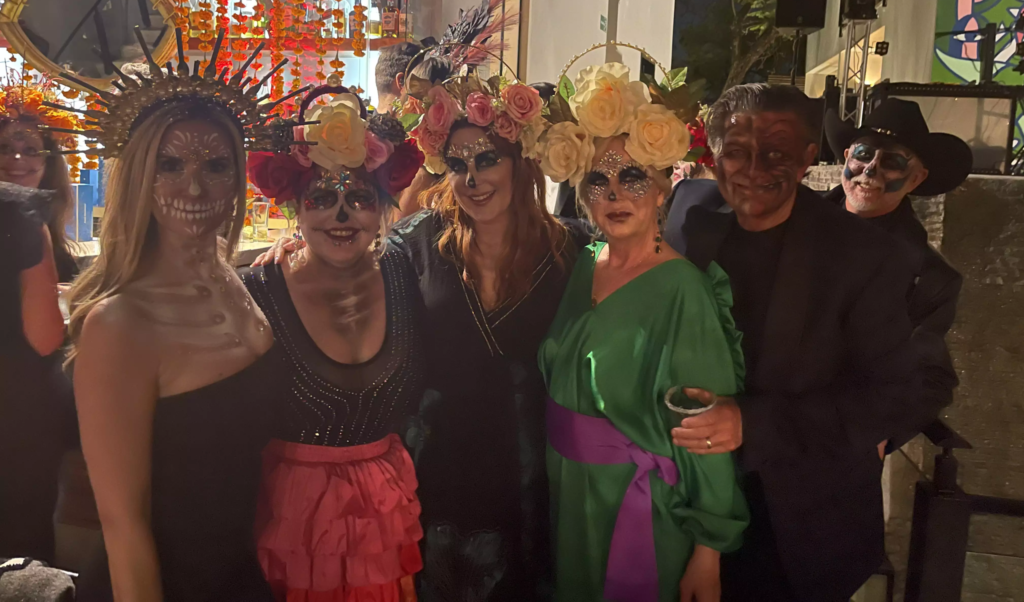
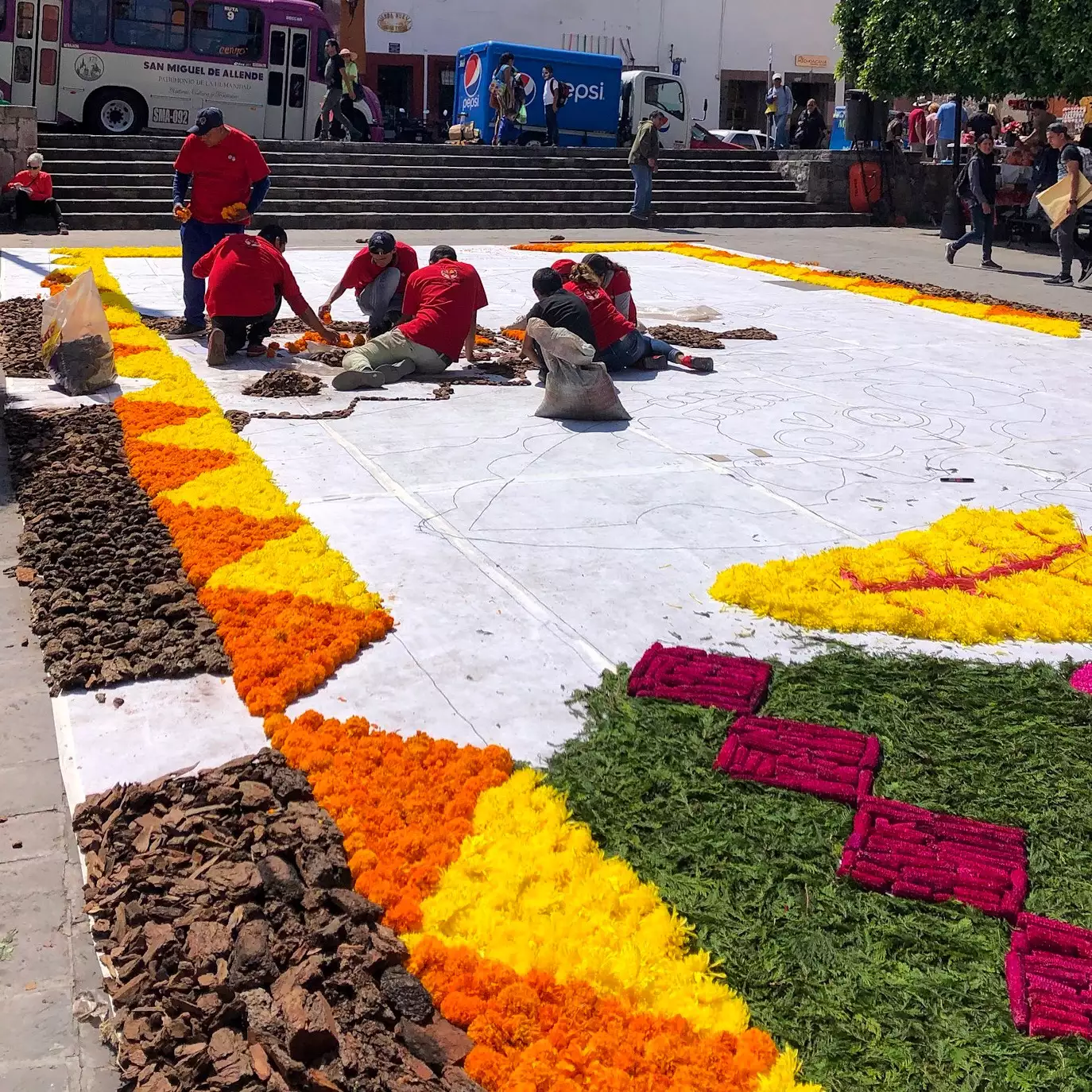
Traditions and Symbols of Día de Los Muertos
In the weeks leading up to November, families begin preparing both home and cemetery spaces for the return of their loved ones:
Altars are lovingly constructed with photographs of the deceased alongside their favorite foods and drinks—often water, liquor or flavored beverages—to refresh the spirits after their journey.
Marigolds (cempasúchil), with their vibrant orange hues and pungent aroma, are believed to guide souls back to the living world.
Candles light the way and are placed for each departed loved one being honored.
Personal items such as toys, sugar skulls, memorabilia and even cigarettes or favorite snacks are included—creating a deeply personal tribute that blends love, memory and celebration.
Cementeries, too, are carefully tended: weeds are pulled, tombstones are scrubbed and graves are adorned with flowers, candles and keepsakes, often forming a collective mosaic of memory and color.

Creating a Family Ofrenda in San Miguel:
A Personal Reflection
One of the most meaningful parts of Día de Los Muertos is building our ofrenda at home—especially with our children. In San Miguel, where local markets overflow with cempasúchil flowers, candles, sugar skulls and pan de muerto, there’s an irresistible energy in the air as we gather our materials.
We always begin with a visit to the Mercado Ignacio Ramírez where we let the kids choose marigolds and papel picado in vibrant colors. They get excited to pick out candles and little skeleton figurines, and we talk about why each piece is important.
Back at home, we spread a white cloth on our entry table and carefully build the altar. The children help place photos of their grandparents—some they never met, but whom they know through stories. They add small toys, drawings or trinkets, and always a favorite snack. Once, my youngest added a half-melted chocolate bar because “Grandpa would like that.”
It becomes a ritual of remembrance, storytelling and laughter. It’s not a somber event—it’s a celebration. We light candles at dusk and share pan de muerto over dinner. The ofrenda is a living space in our home for those who came before us—and a way for our kids to feel that connection deeply, joyfully and proudly.
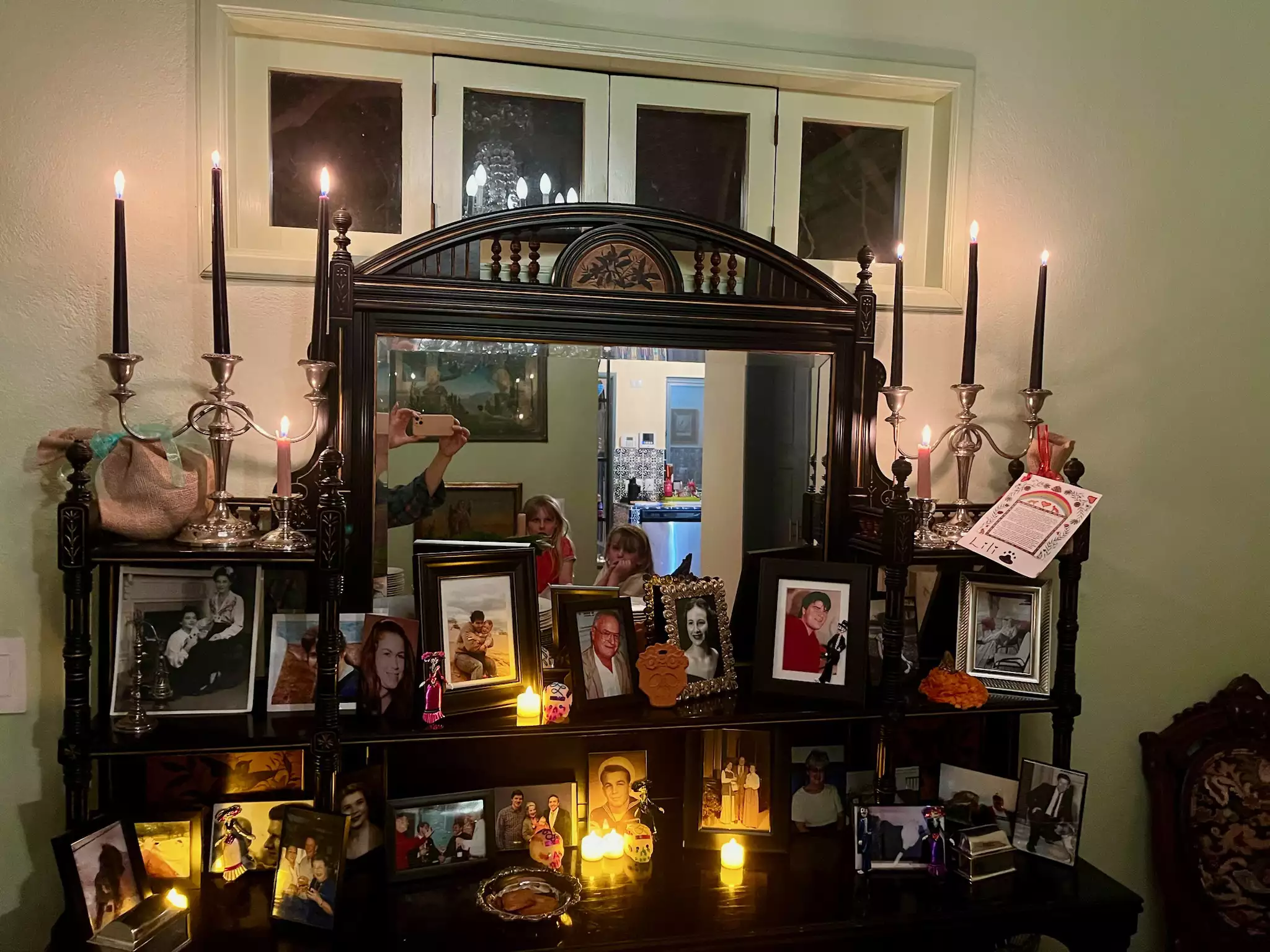
Embrace the Celebration of Life and Memory
Día de Los Muertos is far more than a holiday—it is a luminous reminder that those we love are never truly gone. Through vibrant rituals and heartfelt remembrance, families honor the past and reaffirm the ties that bind us all.
Whether you’re honoring generations past or discovering this celebration for the first time, San Miguel de Allende offers a uniquely beautiful setting to embrace the joy, mystery and deep humanity of Día de Los Muertos.
Feliz Día de Los Muertos. May your memories be vivid and your celebrations full of heart.
Let me know if you’d like to include recommended local events or spots in San Miguel to visit during Día de Los Muertos—I’d be happy to help you expand this further.
